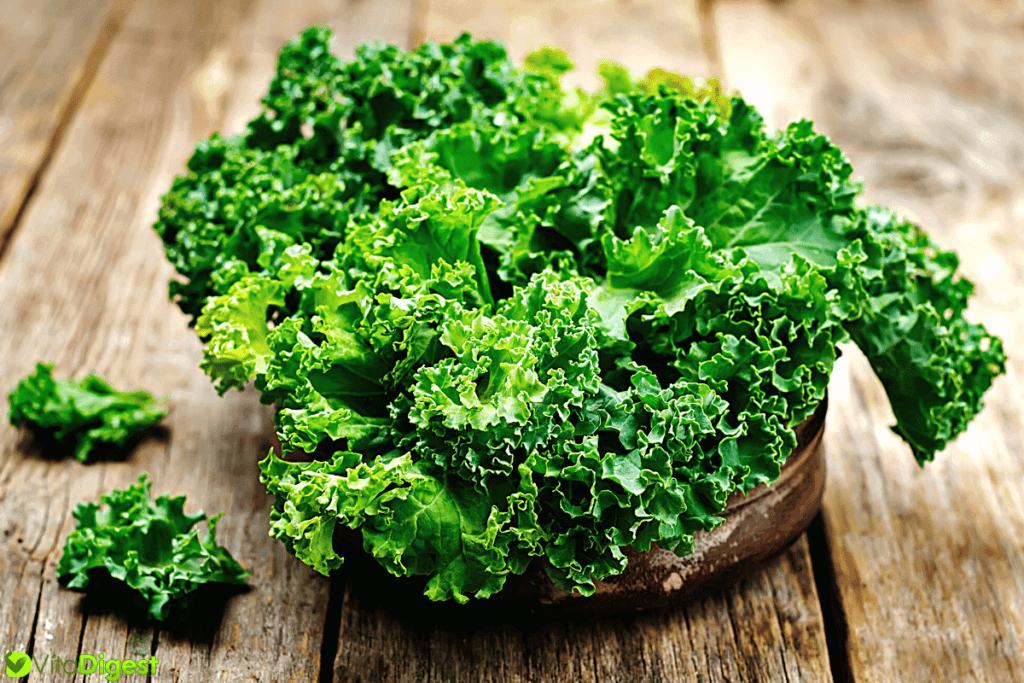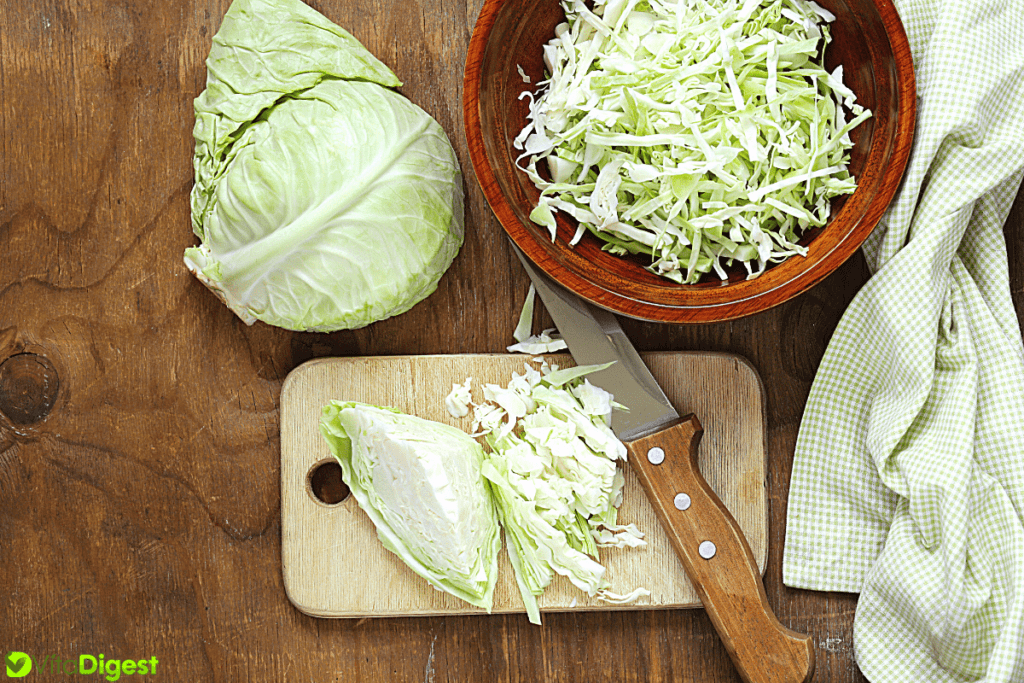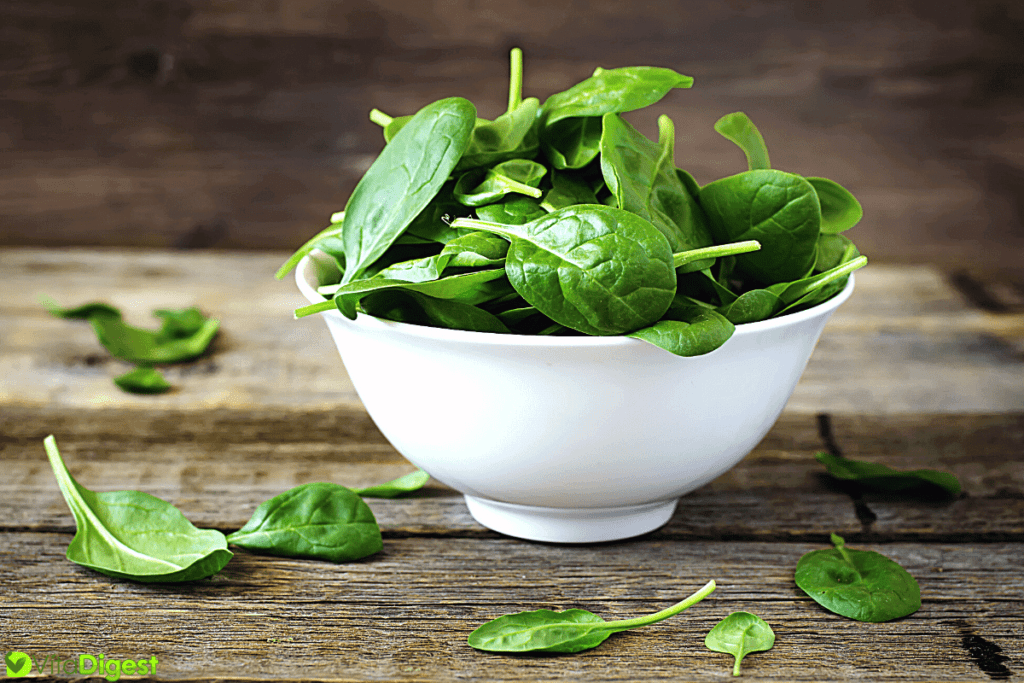Juicing is a fantastic way to pack in your daily dose of nutrients. But did you know that not all veggies are ideal for this purpose? While it’s tempting to toss every type of vegetable into your juicer, some simply don’t make the cut. They can lead to unpleasant tastes, poor juice yield, or even health concerns. In the next few sections, we’ll delve into what vegetables should not be juiced and best left out of your recipes.
List of What Vegetables Should Not Be Juiced
As crucial as it is to know the benefits of juicing, it’s equally important to understand which vegetables to avoid. Let’s dive deeper into the categories that can be a bit tricky when it comes to juicing.
Leafy Greens

Leafy greens including kale and spinach may seem like a great choice for juicing due to their high nutrient content, but they have a downside. These greens are high in oxalic acid, which can interfere with your body’s ability to absorb calcium and can lead to kidney stones. It’s advisable to consume them in moderation or better yet, enjoy them in their whole form.
Root Vegetables
While some root vegetables like carrots and beets are exceptional for juicing, others like sweet potatoes are not as suitable. Sweet potatoes contain heavy starch content which can make your juice taste chalky and unpleasant. Besides, it’s way more nutritional to consume them cooked than juiced.
Cruciferous Vegetables

While broccoli, cauliflower, and cabbage may offer a wealth of nutrients, they too, contain substances that can cause gas and bloating. Similarly, they’re rich in goitrogens – substances capable of causing swelling in the thyroid gland. Juicing these veggies is not recommended, especially for individuals with thyroid issues.
Toxic Parts of Vegetables
Be cautious of certain vegetable parts that contain harmful substances. For instance, potato greens contain solanine, which can be toxic when consumed in large amounts. Similarly, rhubarb leaves contain oxalic acid, which can be poisonous.
Keep in mind that the full benefits of juicing come from a diverse range of vegetables and in moderation. It’s also ideal to rotate the types of veggies we juice to ensure we’re reaping the full spectrum of nutritional benefits.
Interpret this information as a guide to enhance your juicing experience, but not a set of hard and fast rules. Experiment with different vegetable combinations, listen to your body and enjoy the process.
Proper Ways to Consume Non-Juiceable Vegetables
Non-juiceable vegetables are just as beneficial for us as their juiceable counterparts and there’s no need to dismiss them entirely. They can easily be incorporated into meals with a little know-how.
Cruciferous vegetables such as broccoli, cauliflower, and cabbage, are fantastic roasted, steamed, or stir-fried. Steaming these vegetables reduces their potential gas-causing compounds while still retaining their important nutrients like sulforaphane, a potent antioxidant.
While leafy greens like spinach and kale may be unsuitable for juicing due to their high levels of oxalic acid, they’re a powerhouse of nutrients in other forms. They make a great addition to salads or can be sautéed with garlic for a healthy side dish.

Then we have root vegetables, which are not commonly juiced due to their high starch content. Turn these veggies into a nutritious, fiber-rich meal by roasting them with olive oil, herbs, and spices.
Let’s consider potato greens and rhubarb leaves. These should not be consumed raw or juiced but can be made into soups or added to stews where the harmful substances they contain break down. Whether it’s through steaming, roasting, or stir-frying, these non-juiceable vegetables can still easily fit into our eating routines in a way that maximizes their nutritional benefits.
No matter which cooking method you choose remember to use a minimal amount of cooking fat to keep your vegetables as healthy as possible. Also, don’t boil your veggies! This cooking method can leach out valuable nutrients into the water.
So unless you’re making a soup, it’s best to avoid boiling whenever possible. The beauty of vegetables is their versatility. We can benefit from their nutrients in various forms, all we need to do is adjust how we prepare them.
Why Juicing Vegetables is Popular?
More and more people are turning to vegetable juices, mostly due to their numerous health benefits and convenience. Firstly, the nutritional profile of vegetable juices is unbeatable. They contain various essential nutrients like vitamins, minerals, and enzymes.
Juicing vegetables helps our bodies absorb all these nutrients faster because it’s easier to digest liquid than solid food. Without the need to break down solid matter, our digestive system can quickly absorb nutrients and deliver them to our cells.
We’ve all experienced the afternoon slump, especially if we’ve had a heavy lunch. Vegetable juices can help us overcome this feeling. They’re full of antioxidants which boost our energy levels and help to reduce inflammation in our bodies, therefore making us feel healthier and more energetic.
We also often find ourselves eating the same vegetables over and over again, usually because they’re the ones we like or are comfortable cooking and eating. However, this could limit our intake of a variety of essential nutrients that other vegetables offer. Juicing offers the flexibility to combine several different vegetables, allowing us to broaden that variety and get a wider range of nutrients.
Vegetable juice serves as a quick, convenient way to get a daily dose of nutrients. We just need a good juicer and some fresh veggies. It’s the perfect busy lifestyle accompaniment, allowing us to maintain our nutritious diet even when we’re on the go.
